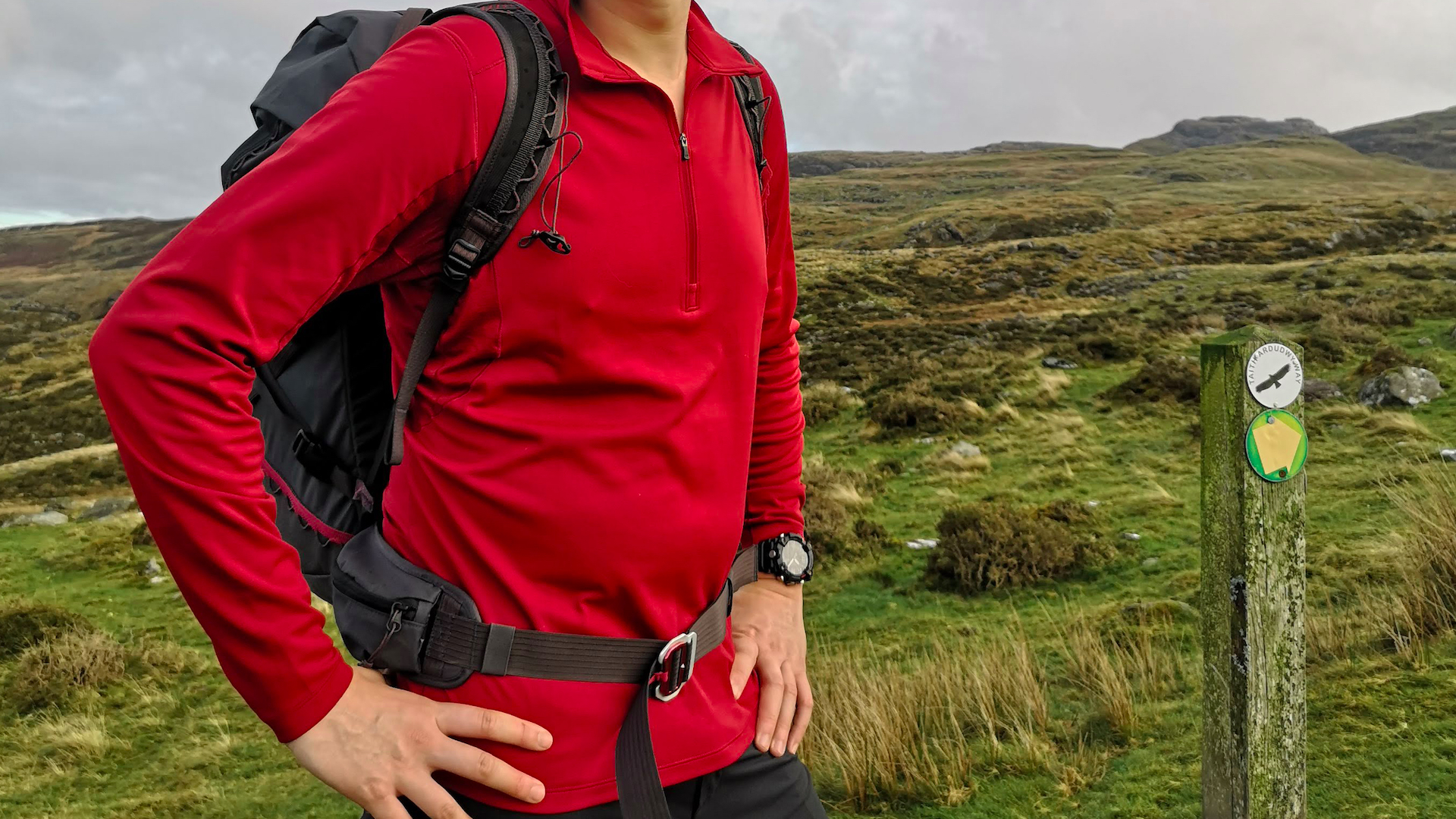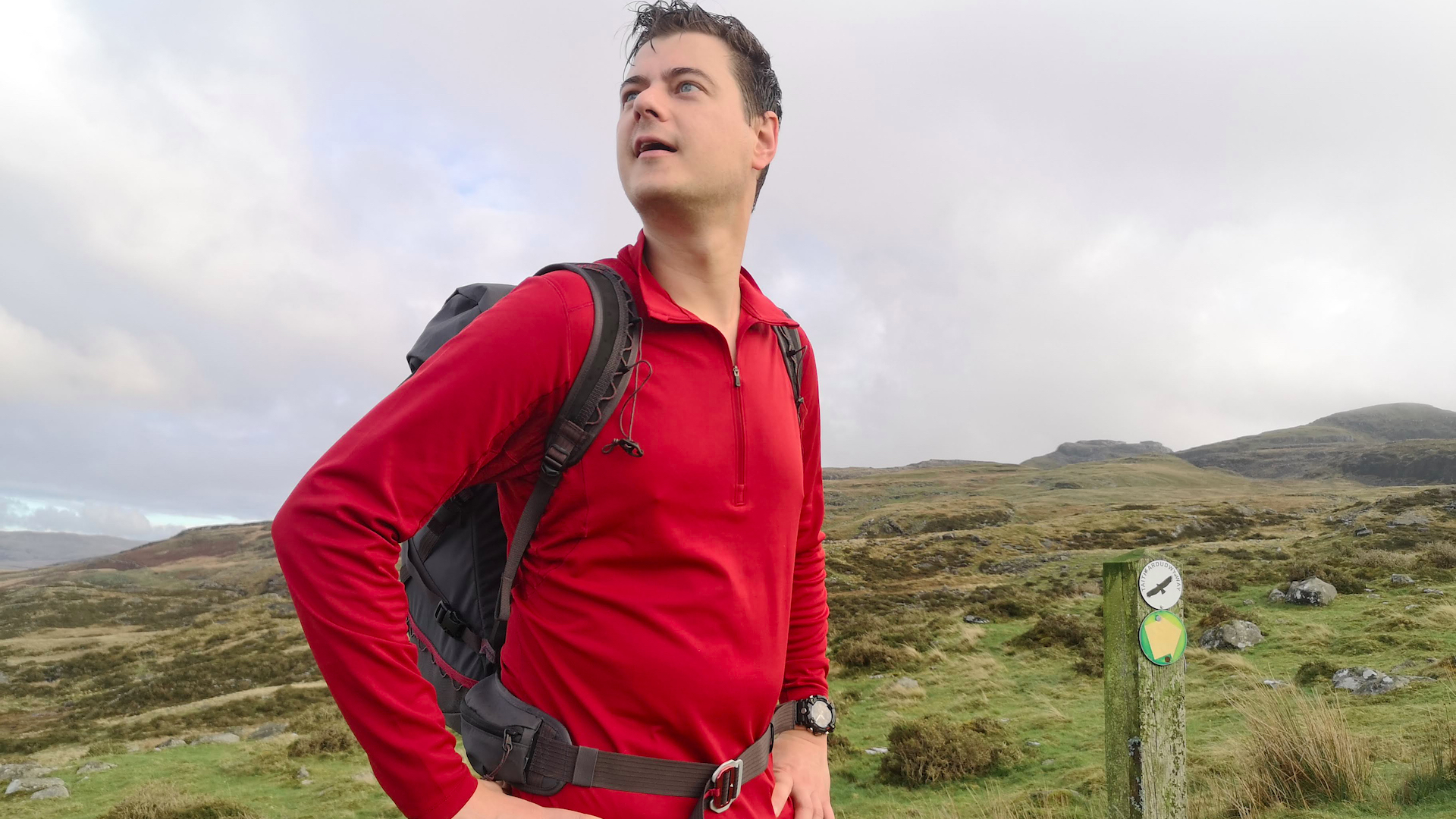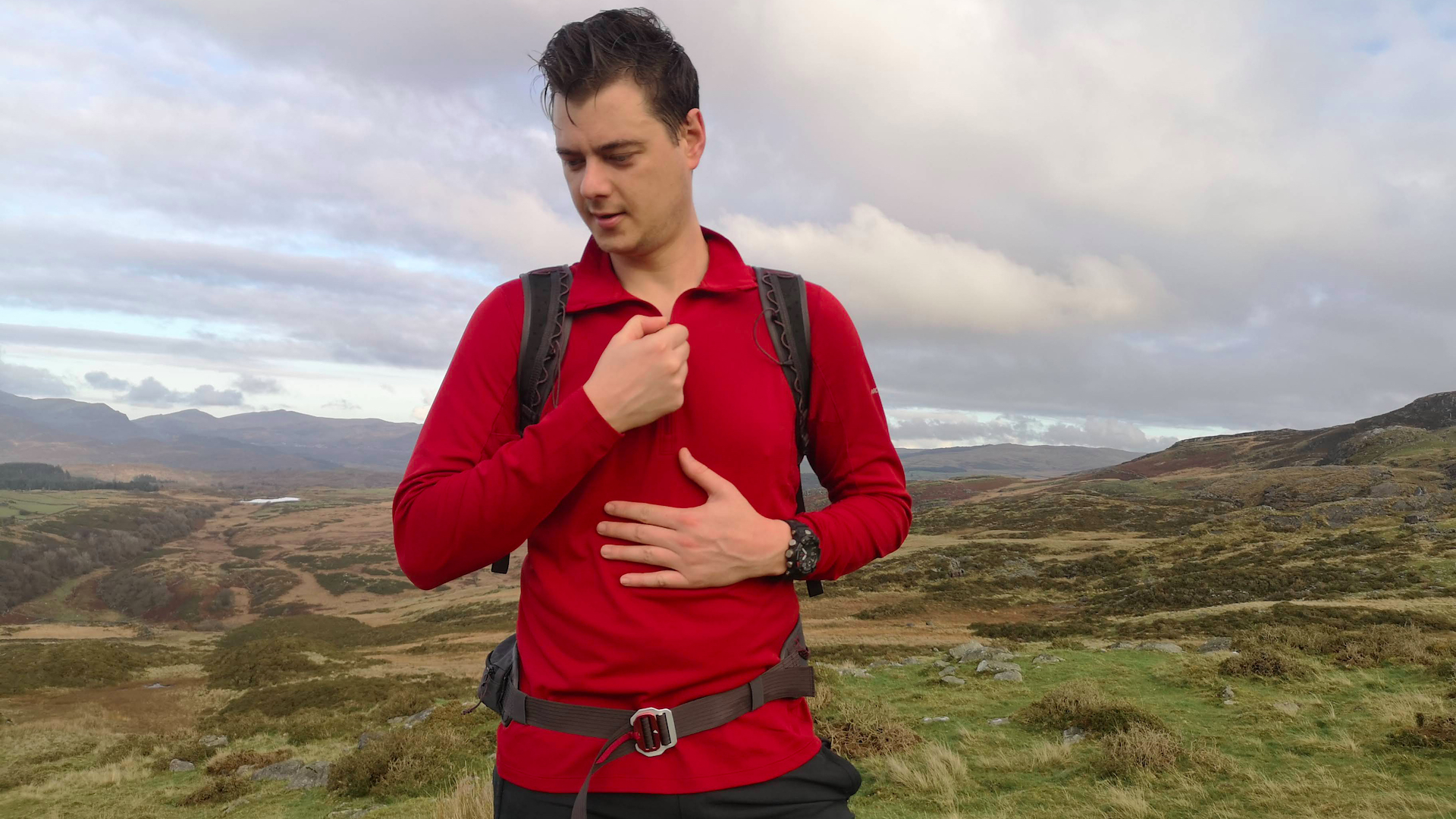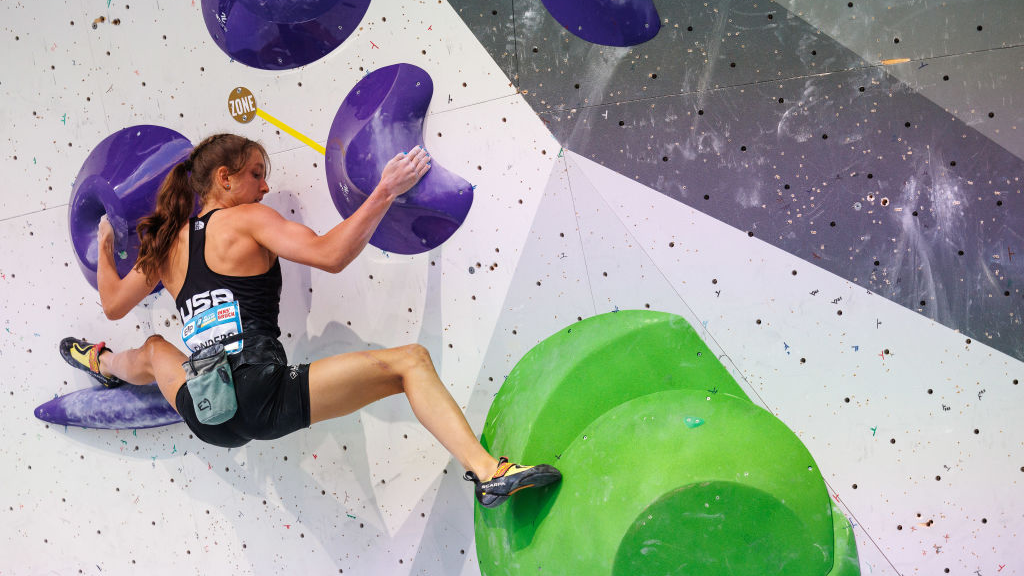Advnture Verdict
Soft and comfortable with a great fit, the Rho Hybrid also combines the benefits of synthetic fibers and natural Merino wool to deliver versatile warmth and sustained performance, without picking up unpleasant odor.
Pros
- +
Warm
- +
Wicks moisture fast
- +
Soft and comfortable
- +
Great fit
- +
Odor-resistant
Cons
- -
No thumb loops
- -
Expensive
- -
No women’s version yet
You can trust Advnture
Arc'teryx Rho Hybrid Half Zip base layer: first impressions
The Arc'teryx Rho Hybrid Half Zip base layer (available to buy direct from Arc'teryx) could be a sample illustration in the Outdoor 101 text book for the ideal base layer. Outdoor 101 teaches that the key to staying dry and comfortable in the great outdoors, especially in cold weather, is good layering – and that starts with a reliable base layer. Basically, you’re looking for great next-to-skin comfort, a decent level of insulation and good moisture-wicking performance. A fairly close fit is also important if you really want to maximize the benefits of your base layer. Lastly, good all-round coverage will help to keep your neck, wrists and lower back warm, even during dynamic activity – whether you’re skiing, hiking or climbing.
• List price: $125 (US)/ £95 (UK)
• Weight: 170g/6oz
• Materials: Main fabric: Phasic AR II (100% polyester with DAO finish); Zoned panels: Nucliex 150 (87% Wool, 13% Nylon, RWS wool)
• Sizes: Men’s: S-XXL; Women’s: N/A
Sounds simple, but finding a base layer that nails all those requirements isn’t always so easy. Traditionally, your choices have been to go with either a synthetic fabric – typically polyester or polypropylene – or a natural fiber, usually wool. Wool is known for its ability to move moisture and regulate temperature, as well as its natural anti-bacterial properties that help to ward off body odor. Unfortunately, some find it itchy. Softer and finer wools like Merino help in this regard, but they need lots of care and even then, are prone to abrasion. Synthetics, on the other hand, wick even faster than wool, feel soft and smooth against the skin, yet offer good durability too. Their major downside is their tendency to smell, especially after prolonged use.
With the Rho Hybrid, Arc’teryx have attempted to give you the best of both worlds by using a combination of natural and synthetic fibers. The main fabric is their Phasic AR II, a midweight polyester that has been treated with silver ions to neutralize body odor. But there are also zoned panels under the arms made from a blend of natural Merino wool and hard-wearing nylon. Together, you should get great wicking performance, comfort and warmth, without any unpleasant bodily odor.
Arc'teryx Rho Hybrid Half Zip base layer: in the field

This is an intelligently designed base layer that also happens to have one of the best fits of any long-sleeved technical tee I’ve tested. It has plenty of length in the arms and torso (even for a six foot plus hiker), plus a standup collar that does a great job of preventing chills from creeping down your neck. The cut is trim enough to feel cosy without being skin-tight, unlike a lot of other compression-style winter layers out there. The deep neck zip is a great way to dump a little extra heat if you’re working hard uphill too.
The fabric is soft and comfortable, with very thin, flatlock seams to avoid irritation. The merrow stitching also resists snags a lot better than conventional flatlock stitching, which is a plus for durability. Another bonus is that the fabric is sleek without being shiny, so it slides easily under a mid layer fleece or puffy.
In terms of performance, the hybrid design does its job really well. I’ve worn this layer for multiple days straight, even sleeping in it whilst wild camping in the mountains of North Wales, and it’s stayed surprisingly fresh. It wicks superbly, and the wool underarm panels generally stop things from getting too damp or sticky.

It’s a mid-range layer in terms of overall warmth, which offers plenty of versatility for variable temperatures and conditions. I tend to run hot, rarely wearing heavyweight base layers even in winter, so this is great for use through fall, winter and spring – though it’s a little too warm for summer wear (but then, most people would switch to a lighter, short-sleeved technical tee in those months anyway).
The only minor niggle I have is that the sleeves lack thumb loops. This is a matter of personal preference, but for winter use I generally like to ensure my sleeves are pulled in under gloves and jacket cuffs. On the other hand, the sleeves of the Rho are fairly long and not at all baggy, so it’s not a major issue.
As with all Arc’teryx kit, the price is pretty high. But a base layer is such an important element of your outdoor clothing system that I’d suggest it’s money well spent – in fact, it’s probably worth saving £50 on the price of your waterproof jacket or mid layer and putting it towards a good base layer, like this one. Think about it this way: much of the time, that expensive down jacket or Gore-Tex shell will be stuffed away in your pack. But when was the last time you headed out without a tee?
All in all, this has quickly become a favorite bit of kit, and it is the top I now tend to pull on whenever I head out on a hike in the hills. It’s a little too soon to judge durability, but so far it shows no signs of wear, and has been through the laundry a few times without losing its shape or showing any pilling.
An outdoors writer and editor, Matt Jones has been testing kit in the field for nearly a decade. Having worked for both the Ramblers and the Scouts, he knows one or two things about walking and camping, and loves all things adventure, particularly long-distance backpacking, wild camping and climbing mountains – especially in Wales. He’s based in Snowdonia and last year thru-hiked the Cambrian Way, which runs for 298 miles from Cardiff to Conwy, with a total ascent of 73,700 feet – that’s nearly 2½ times the height of Everest. Follow Matt on Instagram and Twitter.


